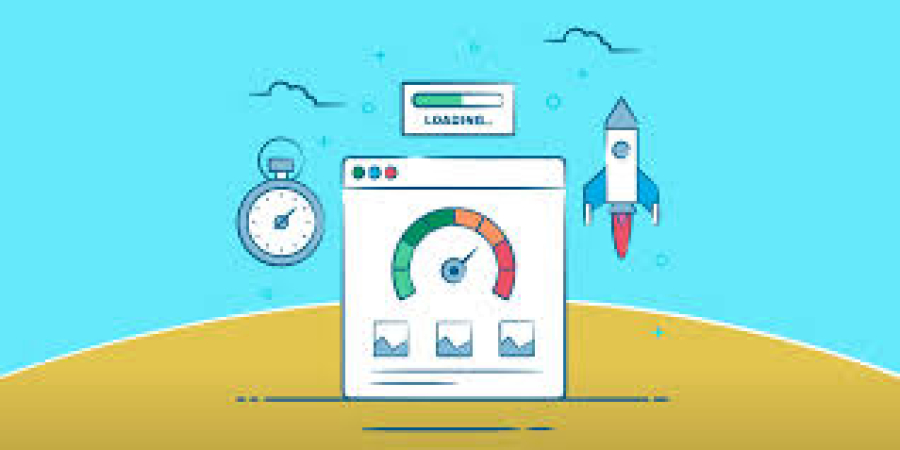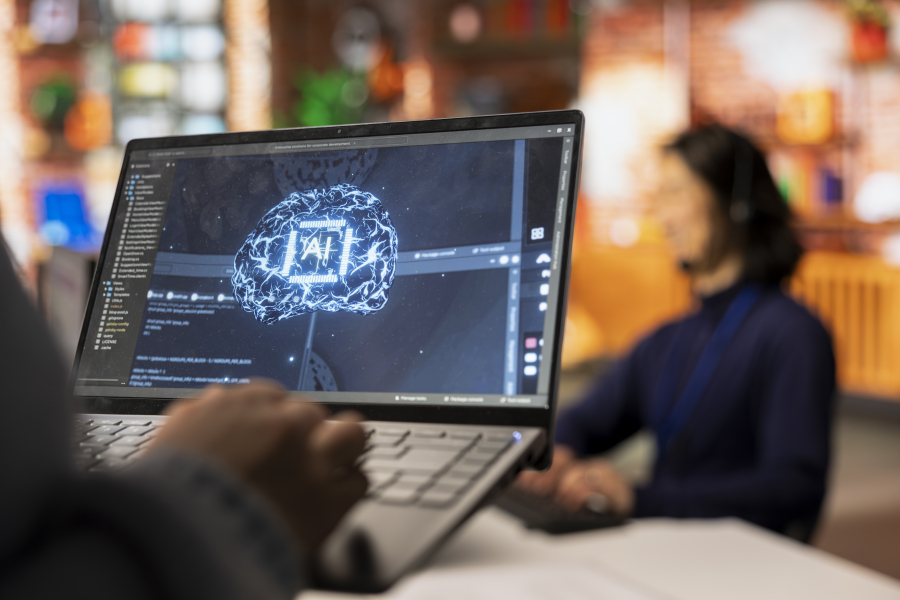Internet of Things (IoT) and Web Development: What You Need to Know
The digital world is rapidly evolving, and one of the most revolutionary forces reshaping how websites are built and function is the Internet of Things (IoT). As millions of devices connect and communicate globally, web developers and freelancers must adapt to the new landscape that combines physical hardware with online software. On freelancerbridge, where modern web development trends meet practical freelance strategies, understanding the impact of IoT is vital. Whether you're building websites, dashboards, or real-time monitoring platforms, integrating IoT elements can offer competitive advantages and unlock new business opportunities.
✅ Long Description (Approx. 1000 Words)
🌐 What is the Internet of Things (IoT)?
The Internet of Things refers to the network of interconnected devices—like smart thermostats, wearable fitness trackers, industrial sensors, and smart home systems—that collect, exchange, and process data over the internet. These devices gather real-time information and send it to web-based platforms for analysis, automation, and decision-making.
From a web development perspective, IoT introduces the challenge of building responsive, secure, and scalable interfaces that can interact with these devices.
🔧 How IoT is Shaping Web Development
With IoT’s rapid growth, developers must build web solutions that do more than display static content—they must interface with real-time data, process complex analytics, and ensure seamless user experiences across devices.
Key ways IoT is influencing web development:
Real-Time Data Visualization
Websites now need to display dynamic information from IoT sensors—such as temperature, motion, GPS data, etc.—in real-time.
Device Integration & Communication
Developers must build APIs and interfaces that can connect with multiple IoT protocols (MQTT, CoAP, etc.).
Improved UX for Smart Interfaces
Web interfaces must support remote control for devices (like smart bulbs or appliances) with intuitive UX/UI designs.
Scalable Backend Architecture
IoT generates massive data streams, requiring scalable cloud services and efficient back-end frameworks.
📈 Benefits of Integrating IoT with Web Development
✅ 1. Enhanced User Interaction
Web platforms connected to IoT devices allow users to interact with the physical world through digital dashboards.
SEO Tip: Create content around "smart device control interfaces" or “real-time web monitoring” to rank higher for IoT-related searches.
✅ 2. Automation and Efficiency
With IoT integration, websites can trigger automated processes. For example, a warehouse dashboard can send alerts when stock is low or a device malfunctions.
SEO Tip: Use keywords like “IoT automation in web apps” or “automated workflows with IoT”.
✅ 3. Data-Driven Insights
IoT-connected platforms help users make informed decisions using real-time and historical data.
SEO Tip: Use content that includes “data analytics for IoT dashboards” or “web reporting tools for connected devices”.
✅ 4. Improved Business Services
From healthcare to logistics, IoT-enabled websites offer enhanced services like patient monitoring, vehicle tracking, and energy usage optimization.
SEO Tip: Focus on niche sectors—“IoT in healthcare web development” or “logistics IoT web platforms”.
🧱 Core Components of IoT-Enabled Web Development
To build a robust IoT-friendly website or application, developers and freelancers should focus on:
Frontend Interface (UX/UI)
Dashboards with charts, graphs, status indicators
Responsive design across devices
Alerts and control panels
Backend Infrastructure
Scalable cloud solutions (e.g., AWS, Firebase)
API connectivity to IoT devices
Message brokers and real-time databases
Security Layers
Authentication and encryption
Role-based access control
Data privacy compliance (GDPR, HIPAA)
Integration Tools
MQTT, CoAP, HTTP protocols
WebSocket for real-time updates
REST APIs for data fetching and posting
🚧 Challenges in IoT Web Development
1. Security Risks
With so many endpoints, IoT is vulnerable to cyber threats. Developers must prioritize data encryption, secure protocols, and regular updates.
2. Data Overload
IoT devices produce large volumes of data, which can overwhelm websites without proper architecture and filtering systems.
3. Compatibility
Ensuring your website works with a variety of hardware devices and communication protocols is a real challenge.
4. Latency and Speed
Real-time performance is crucial. Poor backend infrastructure can delay response times and frustrate users.
SEO Tip: Publish blogs on “solving IoT performance issues” or “top security practices for IoT-enabled websites”.
📊 Use Cases of IoT in Web Development
Here are some industries and how web development connects with IoT:
Smart Homes: Websites controlling lights, HVAC, or security cameras
eHealth: Real-time health stats on web portals
Agriculture: Soil sensor data visualization on dashboards
Fleet Management: Real-time GPS tracking interfaces
Retail: Smart shelf systems integrated with inventory dashboards
SEO Tip: Add location- or industry-specific keywords like “IoT dashboard for Indian agriculture” or “retail IoT web interface USA”.
👨💻 Why Freelancers and Agencies Should Pay Attention
As the demand for IoT solutions increases, freelancers and web development agencies have a golden opportunity to:
Expand service offerings
Build recurring revenue through maintenance of connected platforms
Create niche products for industries adopting IoT rapidly
On freelancerbridge, embracing IoT trends ensures you remain competitive and future-ready.
🌟 Best Practices for SEO with IoT-Related Content
Focus on Long-Tail Keywords
Examples: “IoT web interface for logistics”, “secure web platform for IoT devices”
Optimize for Voice Search
Many users ask voice assistants questions like “How does IoT work with websites?”
Publish Case Studies and Guides
SEO loves detailed content. Share your projects and solutions around IoT.
Use Structured Data
Help search engines understand your IoT content better with schema markup.
✅ Final Thoughts
The Internet of Things (IoT) is no longer a buzzword—it’s a necessity in modern digital infrastructure. Web developers must evolve and learn how to build sites that talk to devices, analyze data, and deliver real-time feedback. For freelancers and small agencies, learning IoT integration opens up massive growth potential.
At freelancerbridge, our mission is to guide developers and freelancers through the most impactful trends in web development—and IoT is undoubtedly one of them.
As more industries adopt smart technologies, websites will become the central command centers of our connected future.


 by Emily
by Emily




